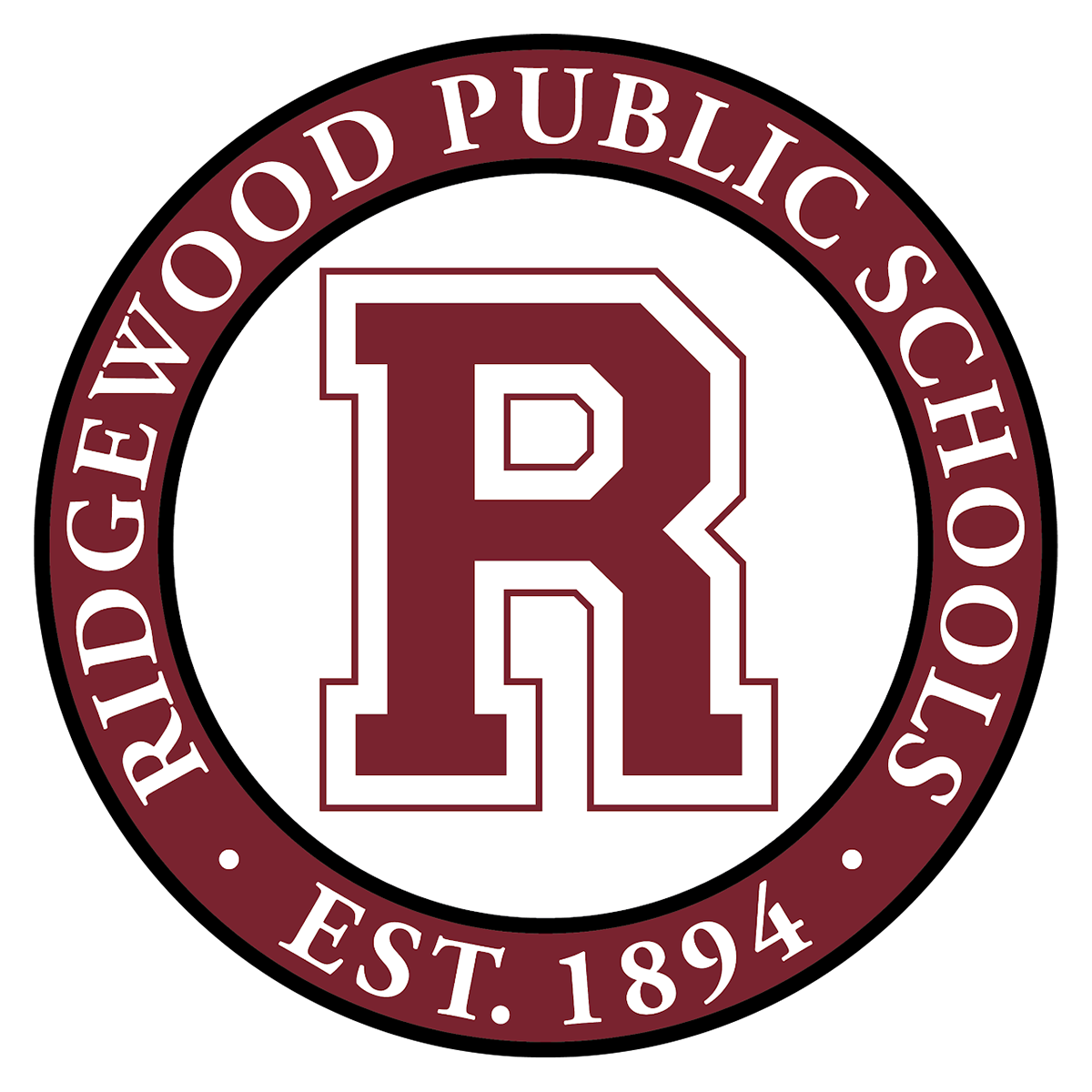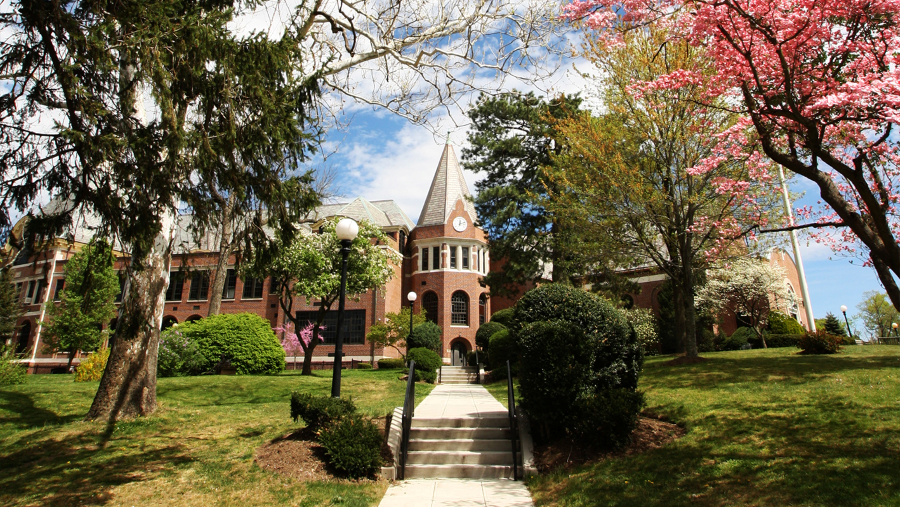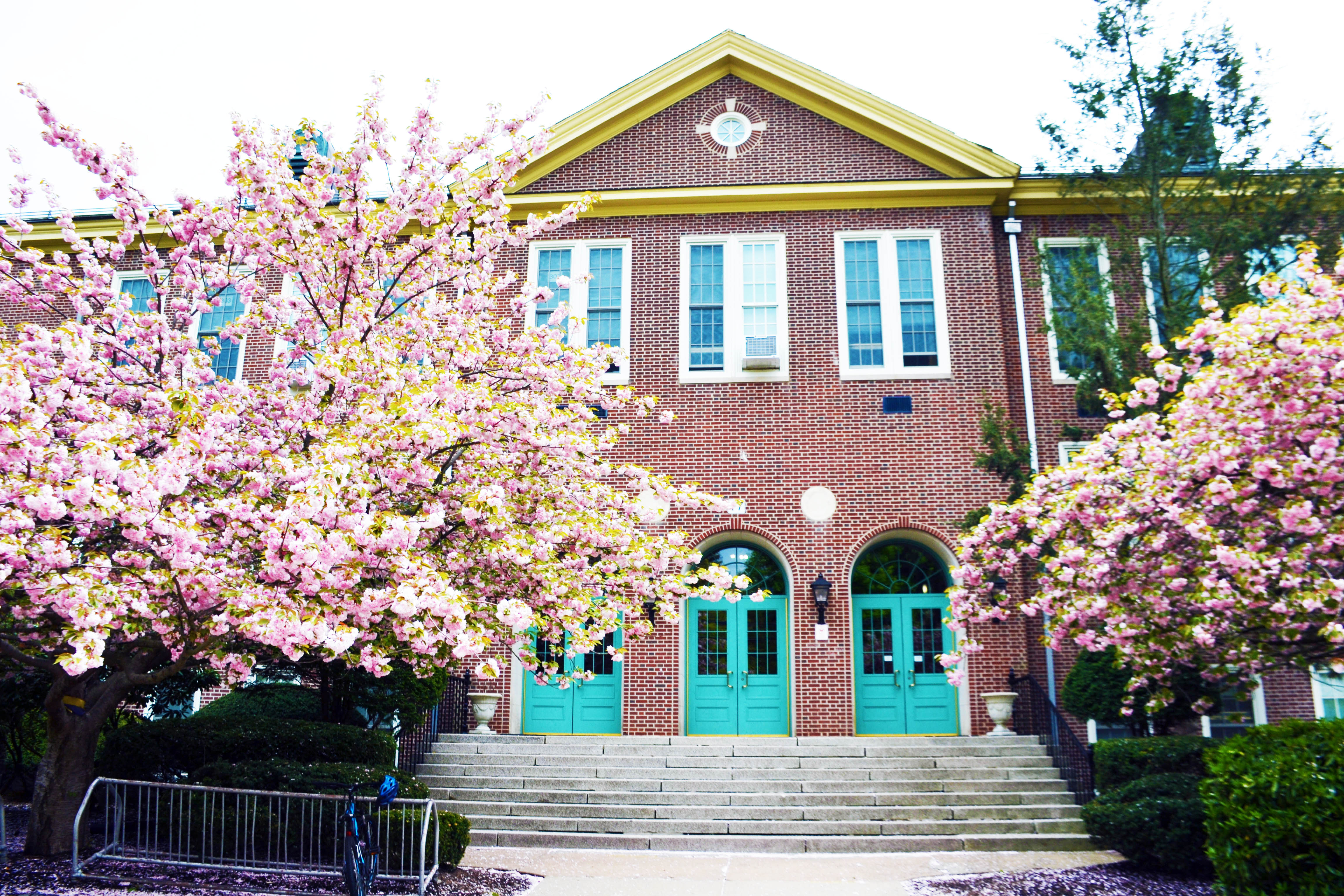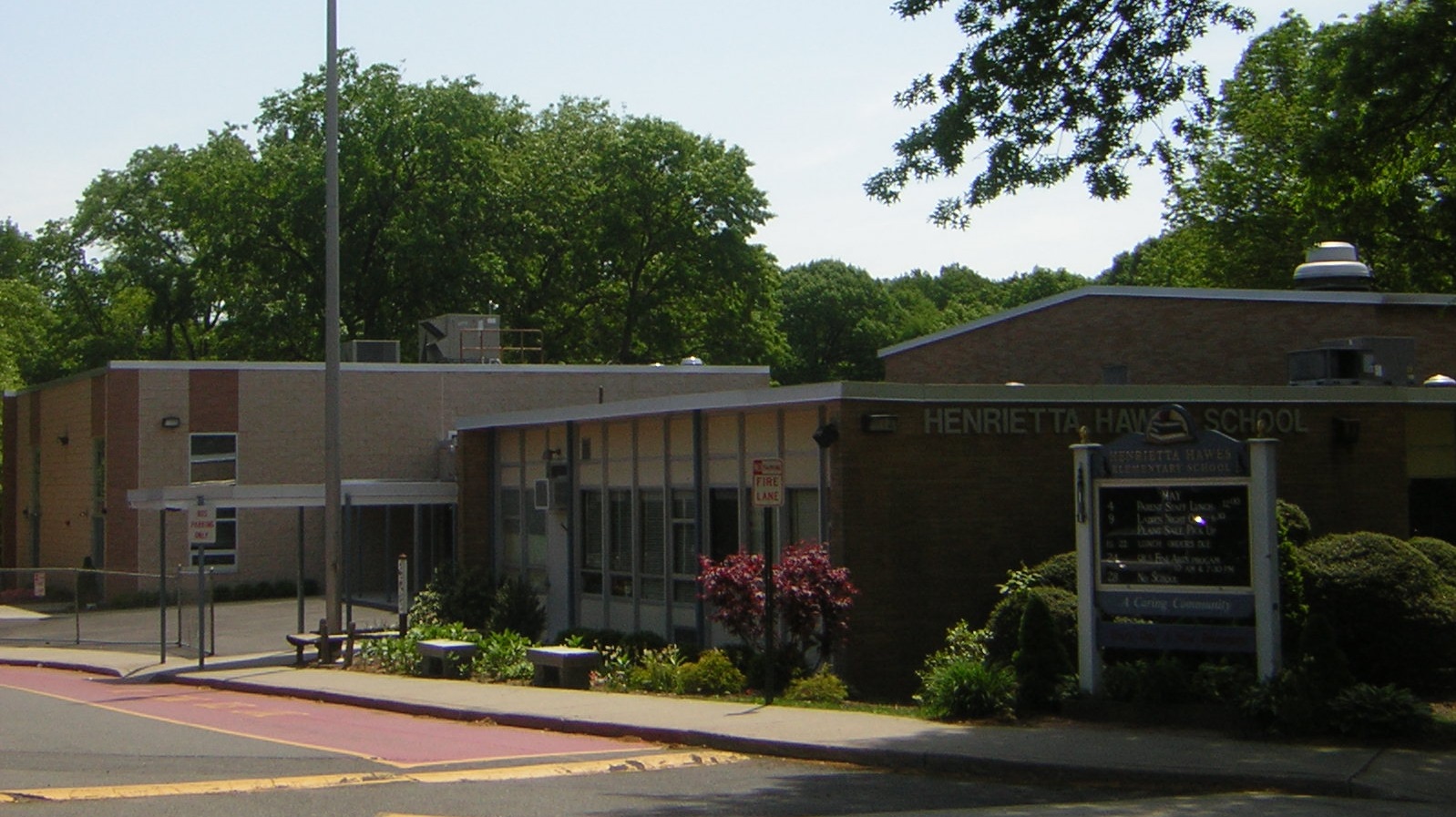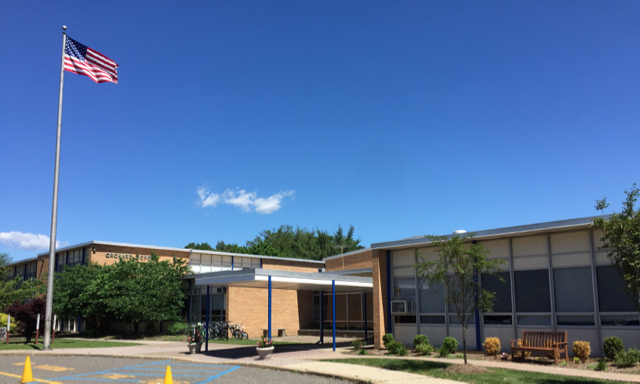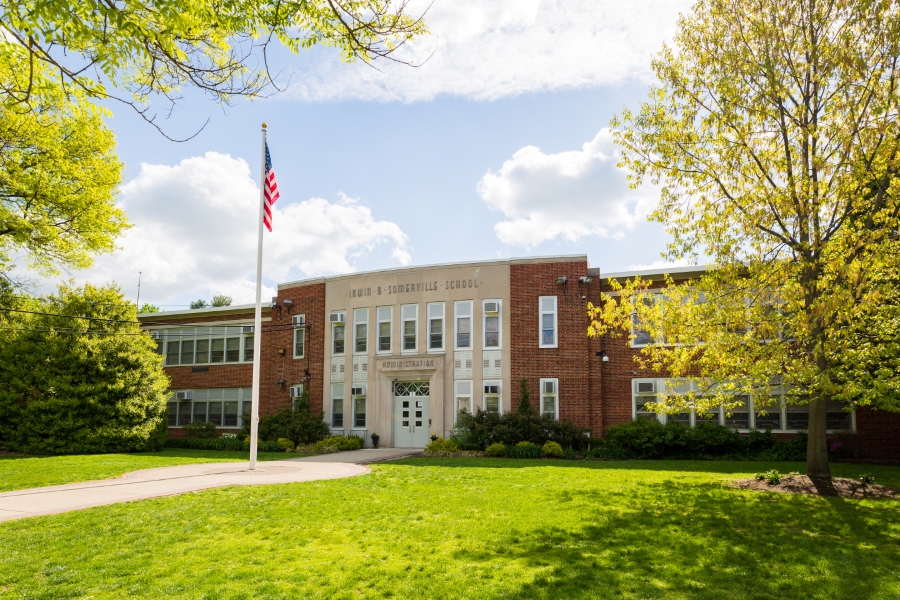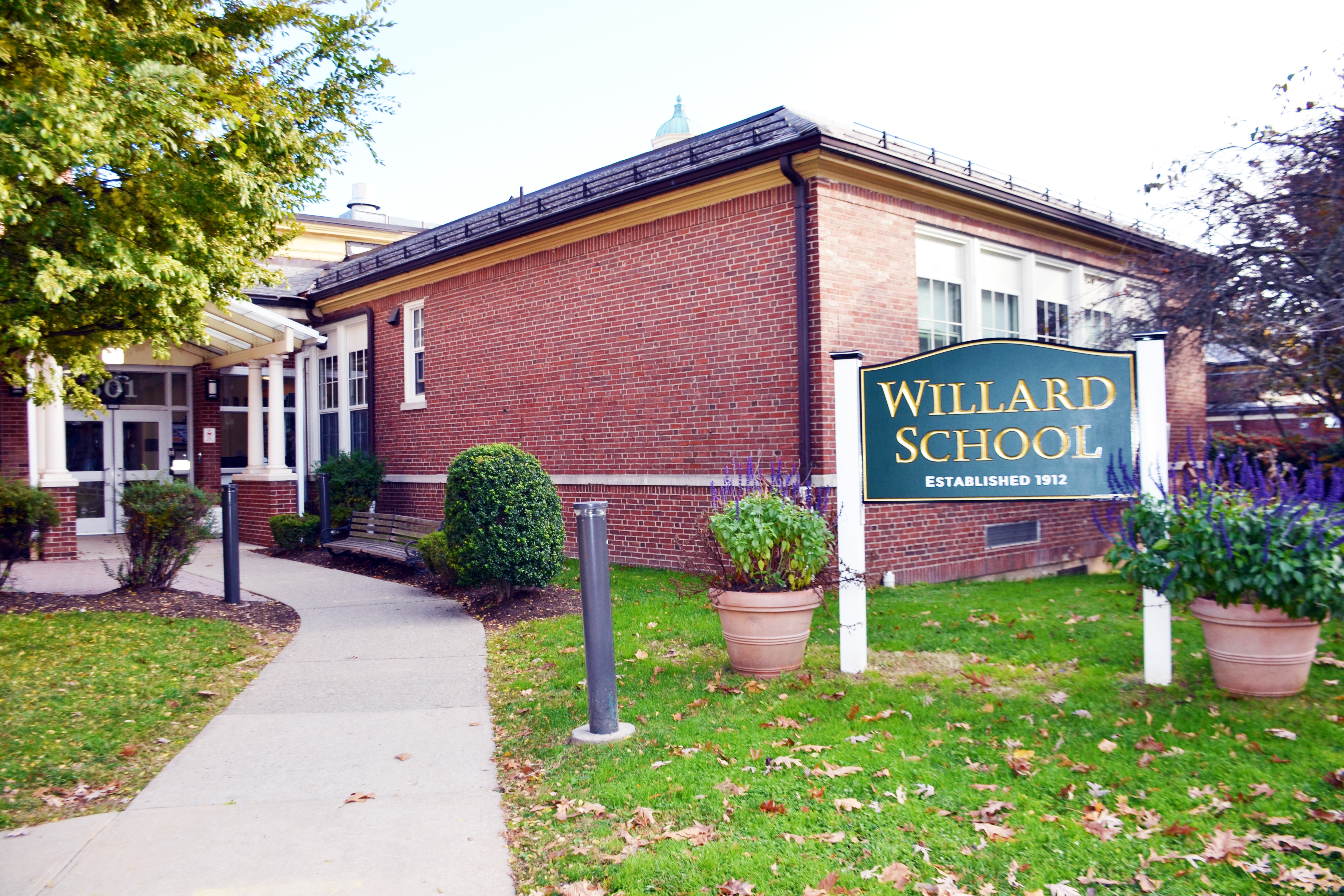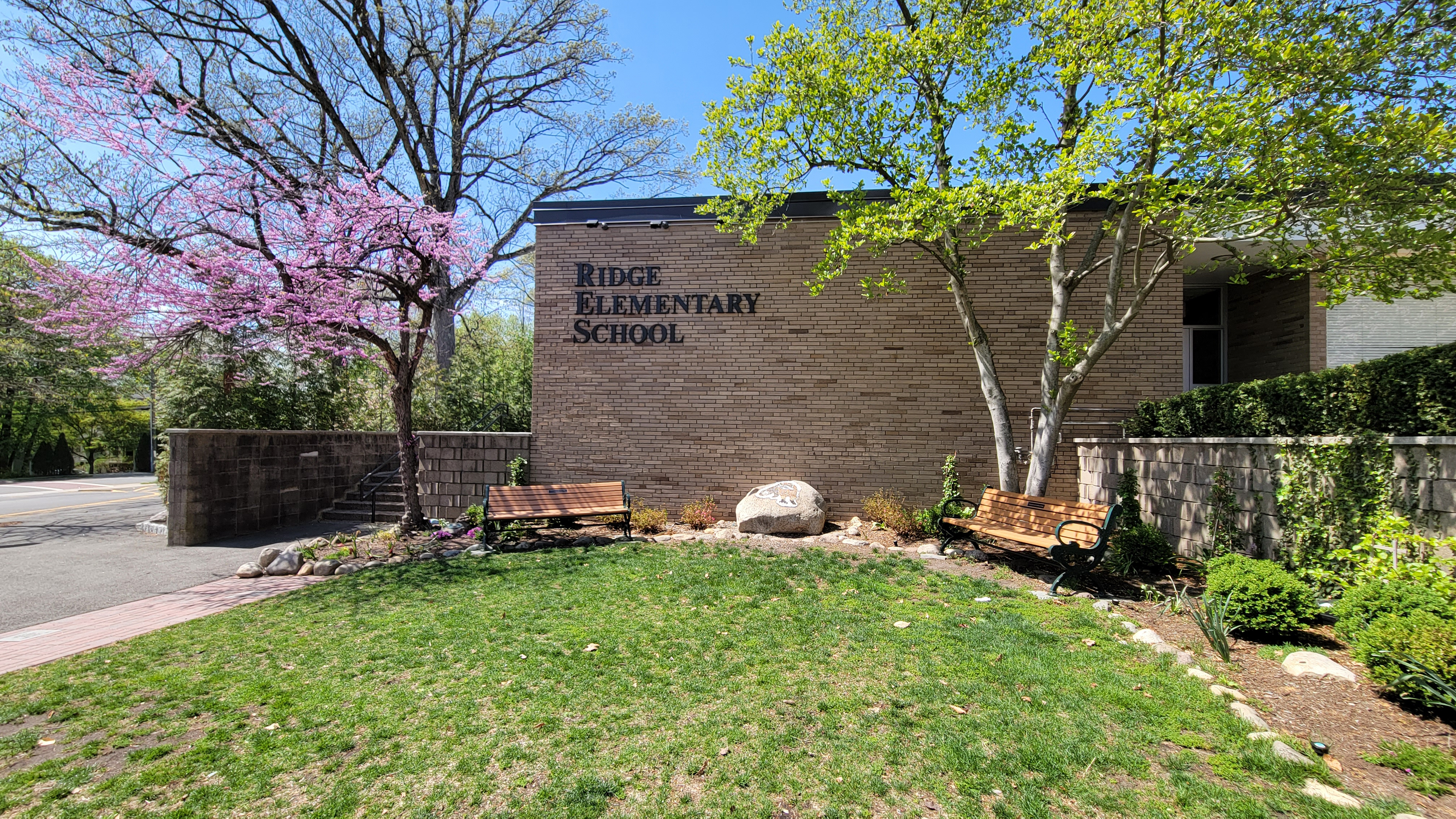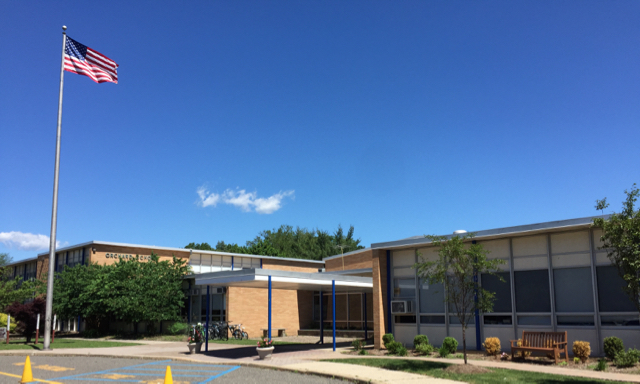About Us
Our Mission
The Ridgewood Public Schools, committed to a tradition of excellence and innovation, in partnership with the community, provide a rich and challenging learning environment, enabling students to maximize their unique potential to become lifelong learners and productive, responsible citizens.
History of the Ridgewood Public Schools
Excerpt from Celebrating a Centennial A History of Ridgewood, New Jersey
Village of Ridgewood History Committee. Village of Ridgewood, 1994.
The earliest schools in this area were built and operated by churches. Starting in 1780, First Paramus Reformed Church built a school on what is now 650 East Glen Avenue in Ridgewood; the building has been replaced four times. The last one, built in 1871 next to the church, is home of the Schoolhouse Museum.
A series of statutes passed by the New Jersey Legislature in the mid-1800’s, first permitted public funds to be used to operate schools for “paupers,” then allowed public districts throughout the state. Each district had its own, usually one-room, schoolhouse and its separate three-man Board of Trustees. Although most meetings were held in the homes of board members, annual meetings were more formal. The trustees presented an annual report, the voters voted on the next year’s budget, and elected (usually reelected) the trustees.
During this period, there were two school districts within Ridgewood Township: District 45 which acquired the Glen Avenue schoolhouse, and District 44 which built a school known as the Ridgewood Grove School, on Ackerman Avenue and Rock Road in what is now Glen Rock. It is now a private residence with additions. A number of schools were built in District 46 in what is now Midland Park. The last was located where the Midland Park Library now stands.
In 1872, District 61 was formed and a two-story, two-room schoolhouse was built. It is now used as an apartment house on Union Street. In 1888, a third teacher was added and this permitted the establishment of a graded school. The building was enlarged in 1889, two years later, a manual training course was added.
In 1894, districts came under a mandate of the State Legislature to consolidate all school districts in a township to encourage the abolition of one-room schools in favor of larger graded schools. At the same time, because of increasing enrollments, the trustees of School District 61 proposed that a new school be built at a more central site. At a special meeting of the voters, a resolution was adopted to buy a cornfield at Franklin Avenue and Beech Street (now Cottage Place) and build a wooden school for $35,000. The same building would have cost $47,000 if it were made of stone and brick. The women of the District (who still did not vote), reportedly castigated the men on the school board for jeopardizing the safety of their children by choosing the cheaper, wooden version. Accordingly, the trustees called a special meeting the following month and authorized the construction of a brick and stone based structure.
One result of this controversy was that Rebecca Hawes, an active local leader, asked the board to support the cause of extending suffrage in school elections to women. Another was that some of the residents who lived closer to one of the small district schools, did not want their children to have to go farther to the larger central school. Others did not want to assume the financial obligations for the new school. Many took advantage of an earlier statute permitting areas within a township to withdraw.
The irregular southern boundary of Ridgewood illustrates the fact that some people wanted to withdraw and others wanted to stay in Ridgewood. The boundary lines were drawn on property lines according to the property owners’ preferences. As Glen Rock, Midland Park, Waldwick, and other areas became boroughs, the Township of Ridgewood, incorporated as the Village of Ridgewood to prevent further loss of territory.
The three-man District 61 Board was replaced by a nine-man Township Board. In July 1894, members received no salaries and the term was three years, still true today. In 1916, the number of members was reduced to six and then to five the following year. The record office holder was E.B. Lilly who served for 22 years, seven of them as president. Other long-serving members were Adele Grimley for 21 years, Dr. H.S. Willard for 20 years, John E. Coyle also for 20 years, and Henrietta Hawes for 18 years.
In 1921, Henrietta Hawes was the first woman elected to the school board. No woman was elected board president again until Rose Marie Schutt. She served from 1979-82.
The Paramus (Schoolhouse Museum) and Union Street schools were closed when the Beech Street School (now the Education Center on Cottage Place) opened in September 1895, with 387 pupils and nine teachers. Few of the students, however, attended for the entire school year because of their work commitment to family farms. The Paramus school was rented for a few years to Orvil Township (Ho-Ho-Kus) and some Ridgewood students who lived near the school were sent as tuition students to that school. Its use as a school ended in June 1905. The Union Street school was razed in 1903.
Enrollment grew steadily at the Beech Street School. Some of the growth was due to the fact that some nearby districts paid tuition for their students to attend our three-year high school, the only one in the area. As the population grew in these other districts, they built their own high schools and withdrew their students. The last of these was Glen Rock, which withdrew in the mid 50’s. This left only Ho-Ho-Kus, with too small a population to build its own high school. In 1969, a proposal to form a regional district of the two districts was defeated by the voters in both towns. Ridgewood then asked for the state’s permission to end the arrangement with Ho-Ho-Kus and those students were withdrawn, one grade a year starting in 1974. By the 1977-78 school year, all students, except special education and a few whose tuition was paid by their parents remained. Enrollment reached 1600 in 1960, and a high of over 7600 in the 1968-69 school year.
The original Union Street school closed when Beech Street opened, was razed in 1903, and the new (1905) Union Street School closed when Orchard opened. It served briefly as a youth center. It was sold in 1975 at public auction to a former student, Bob Puritz, who converted it to apartments and offices. Kenilworth closed when Somerville opened, but was reopened a year later and called the Somerville Annex. It housed the 5th and 6th grades. It closed again when Hawes School opened and was later used to house some of the administrative offices. It was demolished in 1983, the property sold, and houses were built there.
Here is a chronology of major school construction:
Year | Event |
|---|---|
1895 | Beech Street school, now Education Center. |
1905 | Three four-room schools: Kenilworth Road (near East Ridgewood Avenue, Monroe Street (and Washington Place), and Union Street (replacing the old building). |
1905 | Four-room addition to Union Street. |
1911 | Harrison Street (now Glen Avenue) (at Bogert Avenue) not the Travell School site. Seven room and auditorium additions to Kenilworth and Monroe Schools. |
1912 | One-room portable at California Street and Morningside Road. (Now the Willard School site.) |
1913 | Three portables at Beech Street. |
1915 | Four-room school at California Street site. |
1919 | High School at East Ridgewood Avenue and Hermance Place opens. |
1924 | Eight rooms and auditorium added to California Street and school renamed Willard for Dr. Harry S. Willard, board president from 1913-1930. |
1926 | Monroe and then Willard School destroyed by fire. |
1927 | New Willard School opened. New Monroe School opened and named George Washington Junior High school. |
1929 | Beech Street School renamed Benjamin Franklin Junior High School. |
1931 | High School addition and Benjamin Franklin students go there. Beech Street becomes Administration Building. |
1937 | High School addition adding second floor rooms to front of building. |
1951 | Travell School (on Fairfield and East Glen Avenues) named for Ira W. Travell, Supervising Principal (Superintendent) 1912-31, replacing the Harrison Street School. Somerville (on South Pleasant Avenue near East Ridgewood Avenue), named for Irwin B. Somerville, high school principal 1915-1931 and Supervising Principal 1931-44, replacing the Kenilworth School. |
1952 | Administration Building renamed Education Center. |
1953 | Harrison Street School reopens as Travell Annex for grades 3-6. Kenilworth School reopens as Somerville Annex for grades 5-6. |
1955 | Benjamin Franklin Junior High School added to Travell School. Addition to Willard. Addition to Travell Annex. |
1958 | Addition to Somerville. |
1959 | Ridge School on West Ridgewood Avenue near North Murray Avenue and Glen School on East Glen Avenue at Eastbrook Road open. |
1962 | Addition to Ridgewood High School. Addition to George Washington Junior High School. |
1966 | Hawes School, serving grades K-3, at south end of Stevens Avenue and named for Henrietta Hawes, first woman to serve on the Ridgewood Board of Education and Orchard School on Orchard Place and Doremus Avenue open. Old Harrison Street building razed and new Travell school built on site. Primary children relocated into new building. Additions to Willard and Glen Schools. |
1974 | Addition at Hawes School which becomes K-6. Addition at Somerville School. |
1977 | Major renovations at high school, Benjamin Franklin Junior High School, and George Washington Junior High School. |
1978 | Major renovation of the Education Center. |
1983 | Kenilworth razed and property sold. |
1986 | Glen School closed and rented. Glen School children go to Hawes School. |
